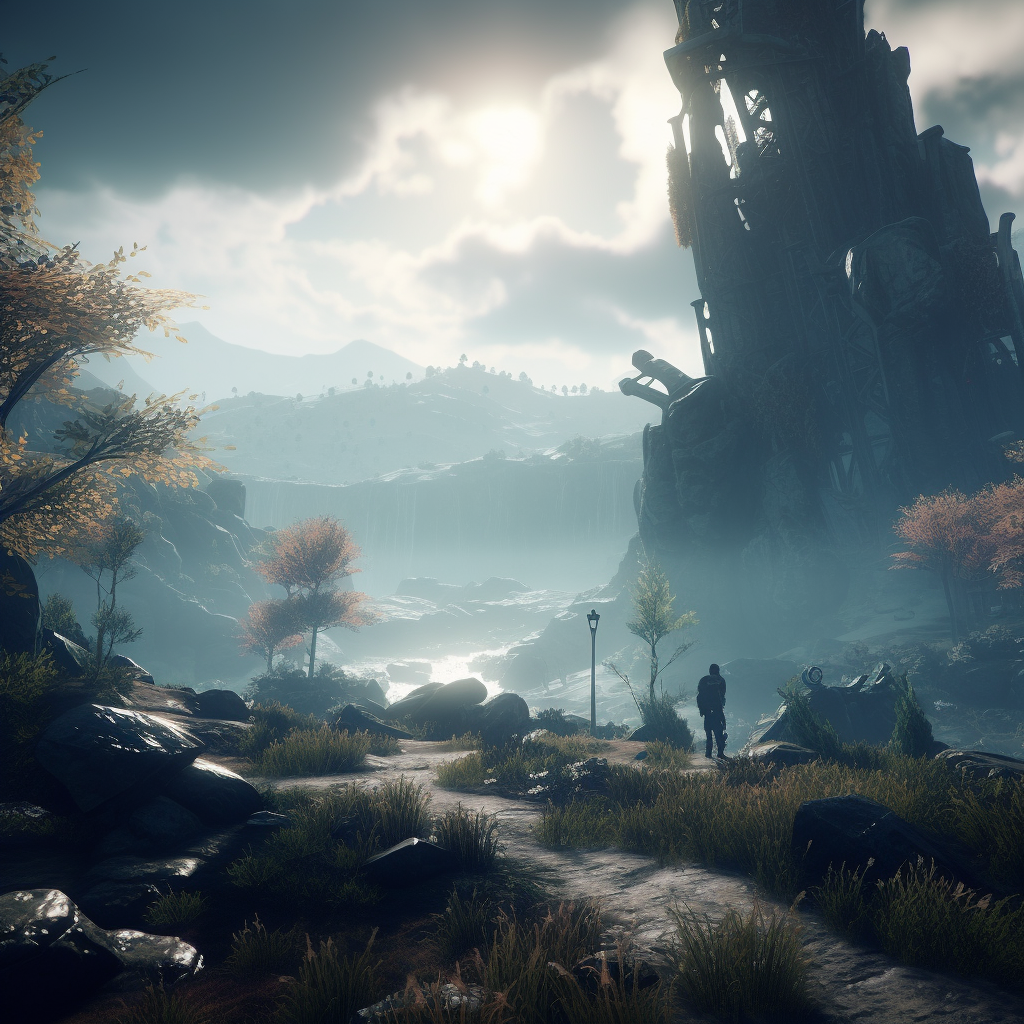Good visuals and art direction can make all the difference in a successful video game. Even if you have an excellent concept, it won’t come alive until your players see engaging graphics. Your visuals and art direction will influence how people remember and think about your game after playing it – so choosing which style to go with is an important decision. Here we’ll discuss the importance of visuals in video games, what techniques should be embraced for great visual design, and what mistakes to avoid when starting out on a new project. Let’s get started!
Understanding the importance of visuals in storytelling
Visuals are a crucial component of storytelling, as they provide a powerful way to connect with audiences on a deeper level. Whether it’s in a novel, a film, or a presentation, visual elements such as images, videos, and infographics can help to convey the message in a way that is engaging and memorable. This is because our brains are wired to process visual information more efficiently than text or speech, and studies show that people retain information better when it’s presented in a visual format. Therefore, when used effectively, visuals can help to enhance the emotional impact of a story, create a more immersive experience for the audience, and ultimately, leave a lasting impression. So, whether you’re a writer, a filmmaker, or a presenter, understanding the importance of visuals in storytelling is key to effectively communicating your message to your audience.
Identifying key visual elements and how to integrate them into a narrative
When it comes to creating compelling visual content, it’s essential to identify the key elements that will bring your story to life. From color palettes and typography to imagery and layout, each component plays a vital role in conveying your message effectively. Integrating these elements into a cohesive narrative requires thought and planning, but the payoff is worth it. By strategically implementing these visual elements, you can capture your audience’s attention and leave a lasting impression. So, whether you’re designing a website, creating a social media post, or producing a video, take the time to identify the visual elements that will help your story resonate with your audience.
Defining art direction principles and their relationship to design
Art direction principles are an integral part of the design process. They provide guidance and direction for shaping a cohesive and aesthetically pleasing message across all design elements. By defining a set of principles, designers can ensure that their work stays consistent and on-brand while also conveying a specific message or feeling. While design focuses on the visual elements, art direction is concerned with the creative vision behind those elements. It encompasses all aspects of the design process, from concept to final execution. By understanding the relationship between art direction and design, designers can elevate their work and bring their ideas to life in a powerful and impactful way.

Exploring the practical applications of visual arts in video games, films, and other media
Visual arts have become an integral part of our lives, especially in video games, films, and other media. Electronic gaming, in particular, has become increasingly reliant on visual aesthetics. While some might mistake the role of visual arts as solely audio-visual entertainment, it has other practical applications. For instance, the visual information presented in video games can help stimulate critical thinking and problem-solving skills, particularly in complex and unpredictable scenarios. In films, visual arts can help create a sense of time and place, intensify emotions, and craft stylized portrayals of characters or stories. These same practical applications are also applicable to other media platforms involving visual art. Thus, from interactive game designs to stunning visual graphics, the visual arts have become a tool to convey ideas, explore creativity, and enhance overall communication.
Creating a mood board for a specific project or genre
Creating a mood board is a fantastic way to set the tone for a project or genre. It’s a visual representation of the atmosphere you want to create, and it can be used to inspire and inform everyone involved in the project, from the design team to the director. By bringing together images, colors, and textures, you can build a cohesive vision of what you want your project to convey. Whether you’re creating a mood board for a film, a website, or an interior design project, it’s essential to be specific in your choices and to consider the emotion and feeling you want to evoke. A well-crafted mood board can help ensure that all stakeholders are on the same page, resulting in a more successful and compelling final product.
Utilizing different techniques to create visually compelling images
Photography is an art that speaks volumes without words. The power of a visually stunning image cannot be overstated. To create such an image, photographers employ a range of techniques to capture their subject in all its glory. Some rely on lighting, others on composition, while others use post-processing software to enhance their shots. Regardless of the approach, the aim is to produce photographs that captivate and engage the viewer. By combining various techniques to create visually compelling images, photographers can tell stories and showcase the beauty of the world around us in ways that are bound to leave lasting impressions on their audience.
Visual storytelling is a key element of design and art direction. When it comes to creating visually compelling images, no detail should be overlooked. By understanding the importance of visual elements in a narrative, one can create dynamic visuals that draw viewers into their work. From developing mood boards to exploring art direction principles and practical applications in video games, films, and other media, there are countless ways to improve one’s visual storytelling skills. Ultimately, by mastering the fundamentals of visual storytelling, an artist can truly unlock their potential for crafting powerful narratives through visual imagery.




